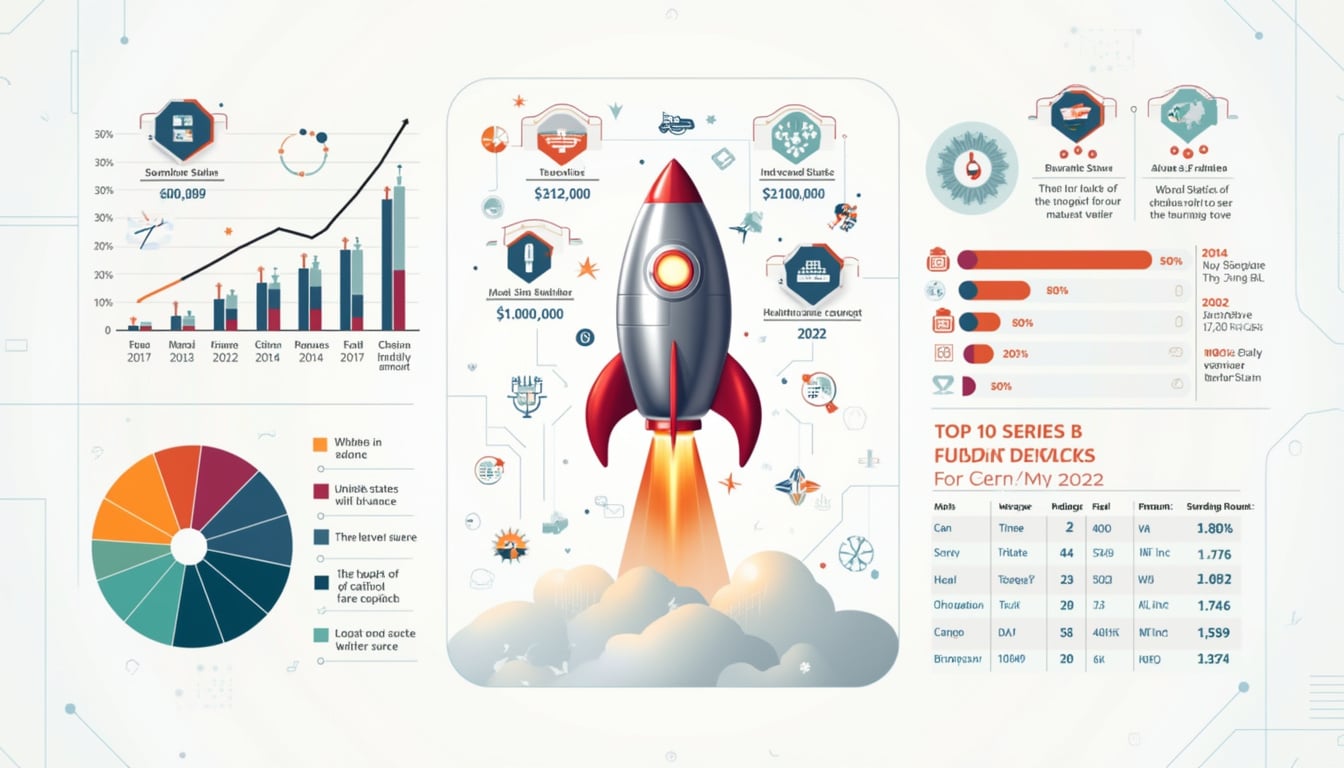*A massive power outage shakes Spain and Portugal, also leaving some regions of France in the dark.* *The scale and speed of this outage surprise industry experts.* *Despite efforts to restore power, the disruption remains considerable.*
Potential causes range from rare atmospheric phenomena, a fire on a French transmission line, or even a cyber attack, although nothing has been officially confirmed. This crisis highlights the vulnerability of modern power grids, both physically and digitally. As Europe increasingly turns to renewable energies, the reliance on software systems and advanced controls is growing. Companies must now strengthen their resilience to cope with such interruptions.

“`html
Table of Contents
ToggleUnderstanding the causes of Monday’s European blackout
The blackout that plunged much of Europe, including Spain, Portugal, and some regions of France, began around 12:30 PM Central European Time. In less than an hour, the main power networks collapsed, leaving millions in the dark. According to John Annand from Info-Tech Research Group, the outage affected the 400 kV high-voltage grid connecting the Iberian Peninsula to the rest of continental Europe. Preliminary hypotheses suggest an extremely rare atmospheric phenomenon or a fire on a French transmission line, but a cyber attack cannot be ruled out.
The scale and speed of this outage bring to light the vulnerability of modern electrical infrastructure. The transition to renewable energies, although essential for the environment, imposes increased dependency on computer systems and management software. This interdependency between the physical and digital worlds exposes networks to various risks, whether natural or malicious.
What impact did the blackout have on businesses?
When the electric current was interrupted, businesses faced massive disruptions to their operations. Computer systems, crucial for daily functioning, were paralyzed, resulting in considerable financial losses and disrupting business continuity. The sectors most affected include financial services, telecommunications, and retail, where every minute of downtime can result in thousands of euros in losses.
Furthermore, the blackout revealed gaps in companies’ business continuity plans. Many organizations found that their backup infrastructures, such as backup generators and backup systems, were not sufficiently robust to cope with a prolonged outage. This situation highlights the need for IT leaders to reevaluate and strengthen their resilience strategies.
What lessons can IT leaders learn from this event?
The European blackout provides several key lessons for IT leaders seeking resilience. First, it is crucial to conduct a thorough assessment of the vulnerabilities in the IT infrastructure. Understanding where weaknesses lie allows for the establishment of effective preventive measures.
Second, it is essential to invest in robust business continuity solutions, including backup generators, redundant backup systems, and resilient cloud architectures. These investments ensure that operations can continue even in the event of a major electrical network failure.
Finally, collaboration with suppliers and partners is vital. Ensuring the reliability of energy suppliers and critical services helps minimize risks related to external interruptions. IT leaders should establish strong relationships and clear agreements to ensure immediate support in times of crisis.
How to strengthen the resilience of your IT infrastructure?
Strengthening the resilience of the IT infrastructure involves several strategic steps. First, it is necessary to diversify energy sources and not rely on a single provider or type of source. Integrating renewable solutions while maintaining traditional backup energy sources can offer better stability.
Next, adopting advanced technologies such as SCADA (Supervisory Control and Data Acquisition) and inverter controls allows for more effective and proactive management of electrical networks. These systems provide better visibility and enhanced control, thus reducing the risk of failure.
Finally, it is essential to establish robust cybersecurity protocols. Digital attacks can be just as devastating as physical outages. By strengthening defenses against cyberattacks, companies can protect their critical infrastructures and ensure the continuity of their operations.
What business continuity measures should be implemented now?
To address the risks of power outages and other interruptions, businesses must implement solid business continuity measures. This begins with the establishment of appropriately sized backup generators to ensure the operation of critical systems for several hours to several days.
Next, it is crucial to develop detailed disaster recovery plans. These plans should include clear procedures for restoring IT systems, accessing critical data, and internal and external communication during a crisis.
Additionally, adopting resilient cloud architectures helps diversify points of failure and ensure geographic redundancy. By distributing workloads across multiple regions, companies can minimize the impact of local outages and ensure continuous availability of their services.
The importance of training and testing continuity plans
A business continuity plan is only as effective as its implementation. It is therefore essential to regularly train teams on emergency procedures and simulate outage scenarios to test the robustness of the established plans. These exercises help identify potential weaknesses and improve real-time responses.
Moreover, continuous employee awareness of best practices in IT security contributes to strengthening the overall resilience of the company. By fostering a culture of vigilance and preparedness, organizations can better anticipate and respond to unforeseen incidents.
By investing in training and regular testing, companies ensure that their teams are ready to effectively face the challenges posed by major events such as the European blackout.
Strengthening partnerships with critical service providers
Partnerships with critical service providers play a crucial role in the resilience of businesses. It is important to closely collaborate with energy suppliers, cloud providers, and telecommunications providers to ensure effective coordination during a crisis.
Establishing clear and detailed service level agreements (SLAs) defines each party’s responsibilities in an emergency situation. These agreements should include specific commitments regarding the speed of service restoration, levels of redundancy, and communication mechanisms in the event of an outage.
Furthermore, maintaining regular communication with suppliers allows for staying informed about technological updates and security improvements, thereby enhancing the company’s preparedness for potential risks.
Adopting a proactive approach to risk management
Proactive risk management is essential to anticipate and minimize the impact of service interruptions. This includes conducting regular vulnerability analyses and establishing preventive controls tailored to identified threats.
Using advanced monitoring tools allows for detecting anomalies and early signs of failure, facilitating rapid intervention before problems escalate. Automating monitoring and response processes can also improve efficiency and reduce reaction times.
By adopting a proactive approach, IT leaders can not only respond more effectively in the event of an outage but also enhance the overall resilience of their infrastructure against future challenges.










